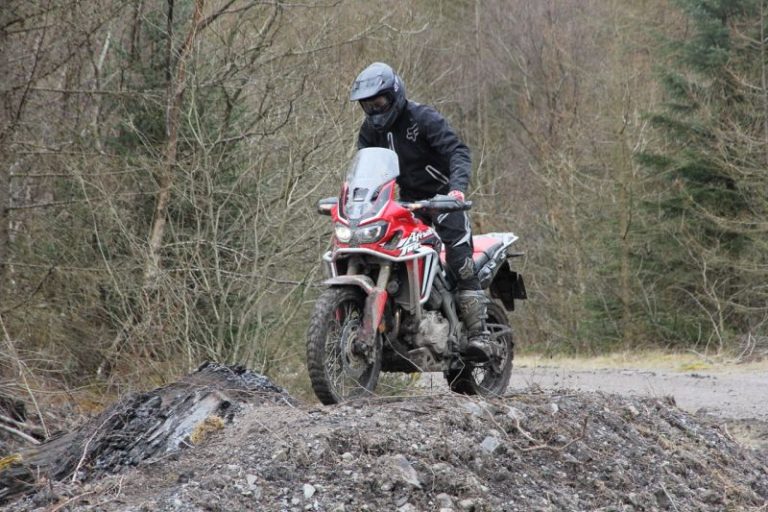Tennis elbow isn’t just something you get from racket sports – time in the saddle, especially if you’re gripping strongly, can cause it to flare up. Suzie Bostock explains how to avoid and treat this common injury…
Tennis elbow (aka lateral epicondylagia, or LE), is the most common condition related to the elbow in adults, and is primarily a tendon issue. The tendon affected, the common extensor tendon, is a pretty important one and is responsible for (with the muscle of course) lifting your wrist up/bending it back (like when texting), lifting your hand onto the handlebars or playing tennis.
With LE there is often some local tendinopathy, primarily due to tendon degeneration, with or without some kind of tear, and it is often caused by tendon ‘overload’. It is not a joint problem.
Who’s at risk?
People with hands-on occupations doing lots of gripping and twisting activities are more prone or people who use their arms a lot, like motorcyclists, especially if you do a lot of work on your own bike or ride off-road. Office workers who suddenly take up a new hobby can be at risk and if you like puffing on cigarettes, you will also be more prone to LE.
Symptoms
It will often come on gradually and pain is commonly located over the outer side of your elbow. You will typically get a pain with gripping, especially with repetitive activity. Gripping with your hand/palm turned down can be even worse, so not good if you want to go on that long weekend ride. You may notice it more when riding off-road, especially if you have a death grip or your bike is set-up badly.
Sometimes, if it’s really bad, the pain can spread down your arm. It is possible to get a bit of nerve tension as well as a tendon issue, but ‘nervy’ symptoms like pins and needles, especially if worsening, need checking properly as does lots of neck pain.
What to do
Exercise is the best option. Firstly, it’s not ‘no pain no gain’; exercises should NOT be painful. A little bit of discomfort is ok, however it should resolve soon after exercising. If the pain is low and only really with activity, then taking some rest, moderating activity and exercises should be enough. Injection therapies have not been found to be superior, especially in the long term.
If it’s new, it may be beneficial to take six weeks relative rest before starting exercises, but if it’s been going on over six-to-eight weeks, start with the exercises gently. Using covered ice can also help for 10 minutes, with about two hours between applications. Be careful not to get ice burns and regularly check the skin. Don’t use ice if you have reduced sensation in the area.
Exercises (perform once a day to start)
Static holds (Isometrics), particularly for irritable tendinopathy
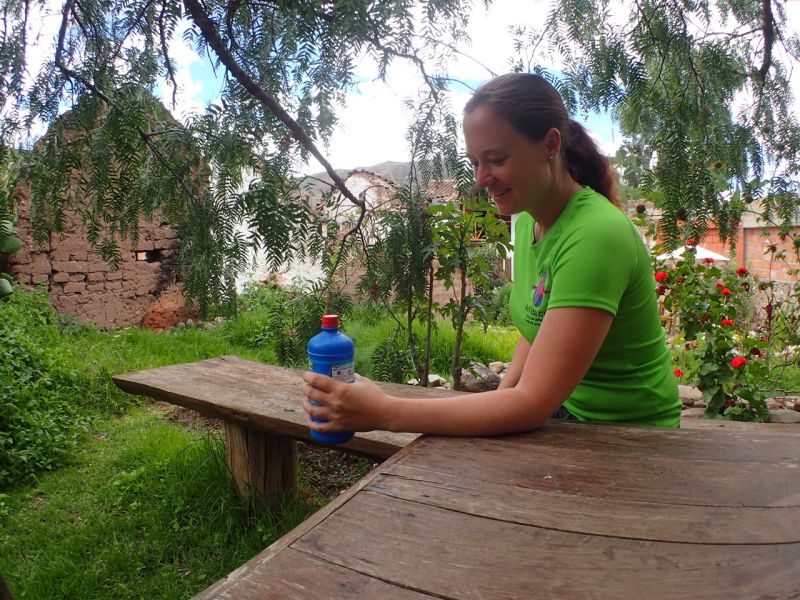
Bend elbow to 90 degrees. Hold a weight (1-2kg). Have your hand on its side, palm facing inwards, over the edge of the table. Hold the weight still for 30-60 seconds if possible, without pain. Work up to 3 x 60 second holds (60 seconds rest between holds).
If you have no issues, make it harder by turning your hand down a little (slight pronation). Repeat 3 x 60 second holds. Progress this until your palm is facing all the way down (full pronation). If all is okay and pain free, repeat with your arm a little straighter. You can progress this until your elbow is fully straightened.
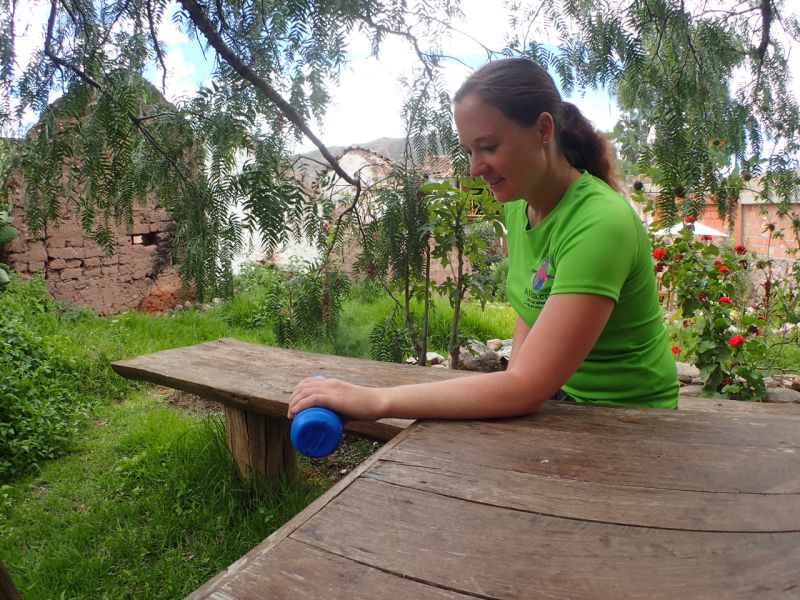
If at any point you experience pain, stop. Reduce the repetitions. Later, to work on your endurance, build up to as many 60 second holds as you can tolerate, without pain.
Eccentric/Concentric exercises, particularly for less irritable or degenerative tendinopathy
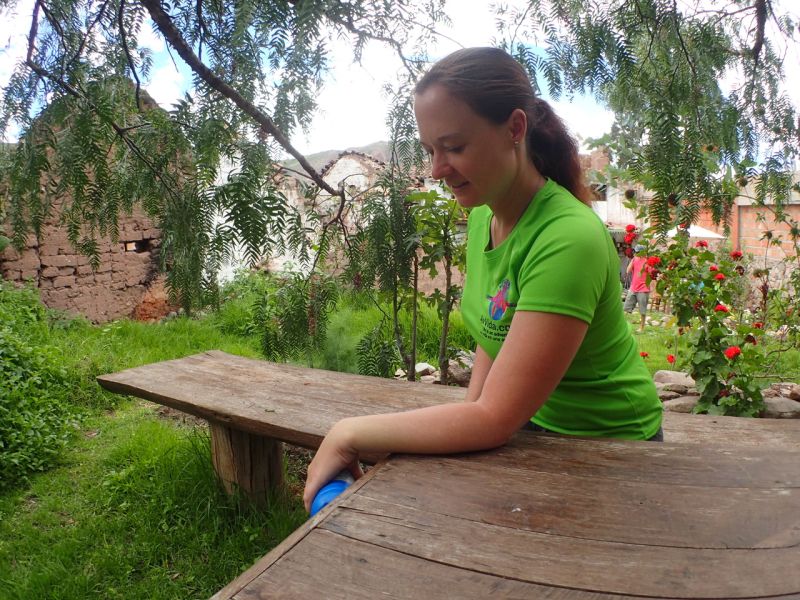
Hand over edge of table, wrist straight, elbow bent to 90 degrees. Hold on to a small weight (1-2Kg), palm down. Slowly lift your hand up as far as comfortable over four seconds. Slowly lower it as far as comfortable over four seconds. Repeat up to 10 times. Rest 1-2 minutes. Repeat 2-3 times.
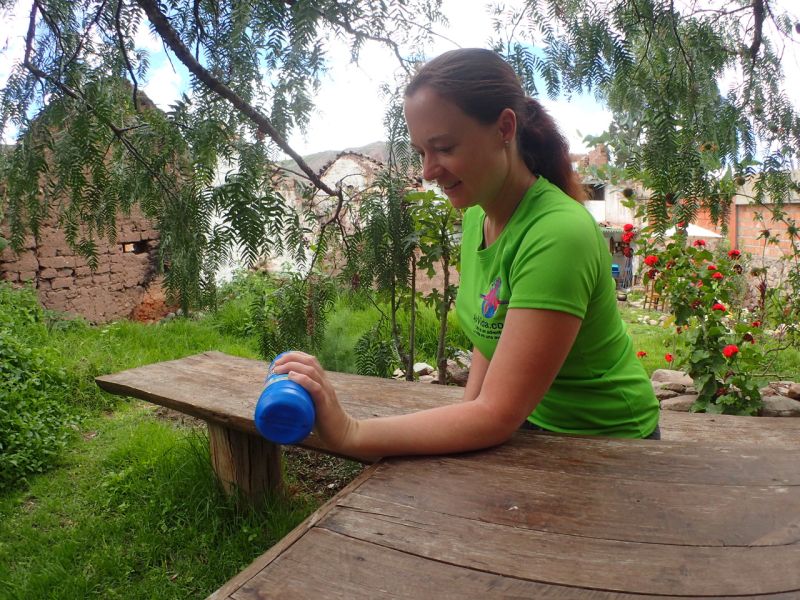
Progress this by holding a heavier weight and/or having your arm straighter. Remember, it should not cause pain and do not progress too quickly. A combination of the above exercises has been found to be most effective for LE.
Quick help
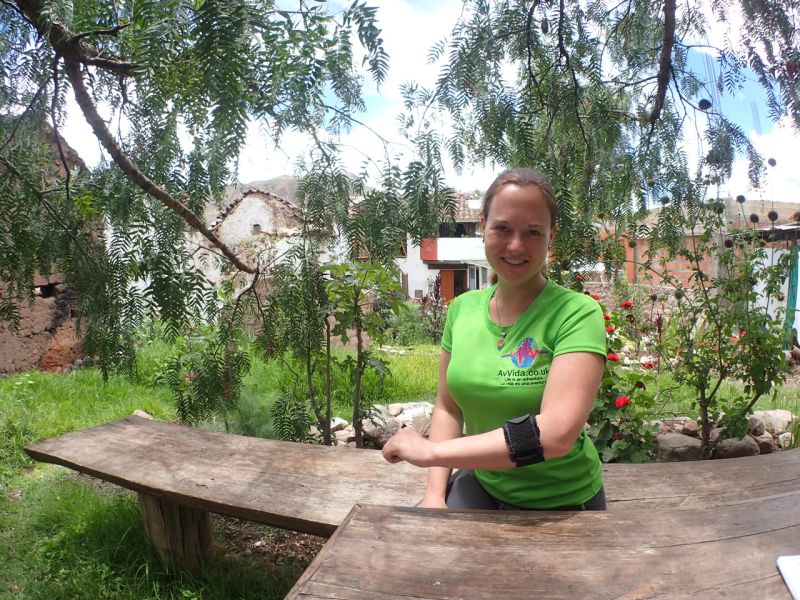
A ‘tennis elbow’ band, available from sports shops or phramacies, may help to redistribute the load on the tendon, thus reducing pain. Use pain as a guide. If your pain is reducing, it’s improving.
What NOT to do
Do not continue riding on unless you really have to… Battering it on a daily basis will not help.
Try to avoid lifting things with a straight arm and hand face down, ease off the heavy lifting… So that means no offering to pick up your partner’s bike!
Don’t keep stretching it. Constantly stretching the forearm can cause more harm than good. Avoid the death grip. Overall, try to avoid it. As always, prevention is better than cure, so no sudden increases in activity, especially activities which involve lots of gripping.
Please remember: this is one of those stubborn issues that won’t change really quickly. If it’s really bad, talk to a pharmacist or doctor about some kind of pain medication. It’s always beneficial to get a physiotherapy assessment where possible, especially if symptoms are persisting or worsening.
For a full reference list please email cyril@avvida.co.uk.

